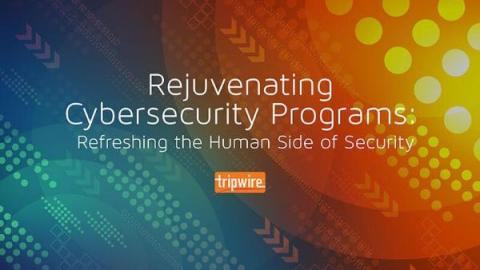Healthcare Providers Need to Increase Budgets for Cybersecurity
The past few years have emphasized just how important cybersecurity is. As cybercrime reached record heights and more companies went digital, industries realized their current security efforts fell short. Healthcare is a prime example. The medical sector has had the second highest number of data breaches of any industry for more than five years. This became increasingly noticeable in 2019 alone, when the industry experienced 525 data breaches, up from 369 the year before.




